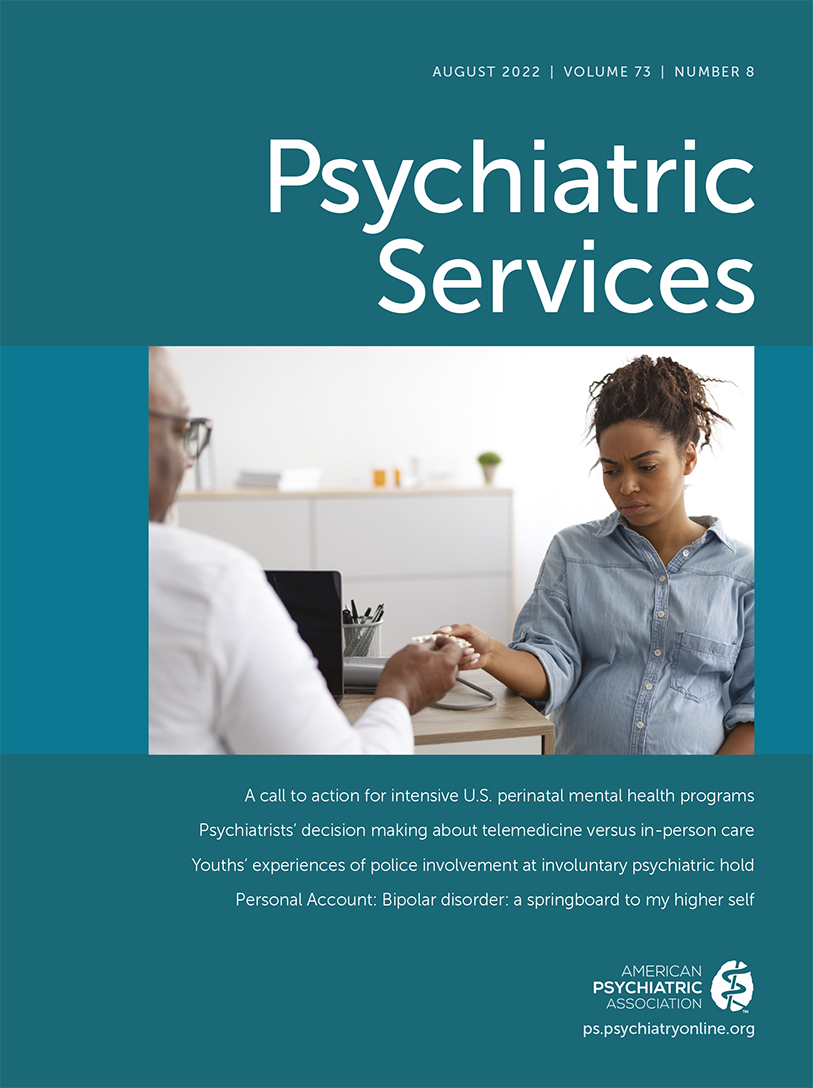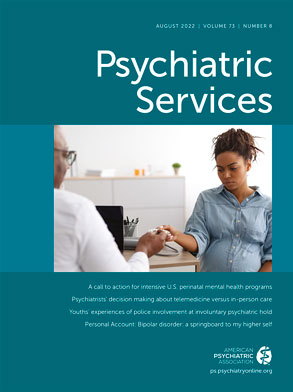Ms. D is a 35-year-old woman with a history of schizoaffective disorder and amphetamine use disorder who was detained by police for disorderly conduct and public intoxication. She was processed by a Central Receiving Division nurse practitioner (CRDNP), who identified Ms. D as someone with severe mental illness and linked with community services. The CRDNP called the individual’s mental health community-based case managers to alert them of their client’s arrest and inform them of the anticipated date, time, and courtroom where they could meet their client so that they might advocate on her behalf to avoid jail transfer, pending hearings, and unnecessary lengthy incarceration. Because of the CRDNP’s efforts, Ms. D received brief detoxification and mental health stabilization and was admitted after her booking hearing to a substance use treatment program for co-occurring disorders.
With the growing numbers of individuals with serious mental illness who need mental health services at initial detention, a CDRNP program was developed within a metropolitan police department. This program placed an advanced-practice registered nurse (APRN) in the cellblock to provide mental health assessments and collect a range of social and health data to facilitate interagency coordination and improve access to and quality of health care services. The CRDNP program ran from 2008 through April 2020, and although this program ended, it is anticipated to restart toward the end of 2021.
Specifically, the CRDNP program provided service coordination and care to individuals in the cellblock, collaborated with community-based mental health providers to relink individuals with mental health services before being transferred to court, and collected information about individuals with serious mental illness and a substance use disorder who were in custody while an APRN was onsite.
The APRN assessing an individual either cleared that person for custody or recommended transport to an emergency department for further medical care. In addition to providing mental health assessments, the APRN assisted with coordination of care to decrease the need for emergency department visits and recommended appropriate care and treatment while the individual was in custody. The APRN had authority to prescribe medications, as warranted. The APRN also collaborated with the state mental health authority to relink individuals who were already enrolled in state-funded mental health services.
Over a 36-month period (2013–2015), 58% of individuals arrested had a serious mental illness, substance use disorder, or both. The number of individuals identified as homeless increased almost threefold, from 4,396 in 2013 to 11,239 in 2015. Of those identified as homeless, an average of 64% (N=5,314) met criteria for a serious mental illness or substance use disorder. The average number of individuals receiving medications while in the cellblock was constant, at 23%; within this group, 38% (N=1,544) were taking psychiatric medications, and 85% (N=4,717) were prescribed medications for nonpsychiatric conditions, indicating high rates of comorbid conditions.
The program successfully relinked 1,219 individuals with established state-funded mental health services while in custody, an increase of 85%. Although the program had limited APRN funding coverage, averaging 75 hours per week, scheduling services during the times of day when most individuals with a serious mental illness or substance use disorder were arrested facilitated maximum contact. Fragmented services made relinking individuals with their service providers before court a challenge. Despite these limitations, the CRDNP program was moderately effective in achieving its goals, as shown by the volume of clients served and connections made.
The tracking outcomes confirmed anecdotal evidence that individuals arrested who have a serious mental illness or substance use disorder disproportionately serve time as jail and prison inmates and are more frequently homeless. The data also indicated that many if not most of these individuals had previously received mental health services but became disconnected or were discharged from those services. APRN intervention outcomes between 2013 and 2015 are likely to generalize across the entire duration of the program.
The program demonstrated that placing APRNs in a cellblock can be a significant asset in the struggle to reverse the criminalization of mental illness, assist law enforcement in meeting the health care burden of managing this population, and improve the care of individuals with a serious mental illness or substance use disorder who get arrested.

